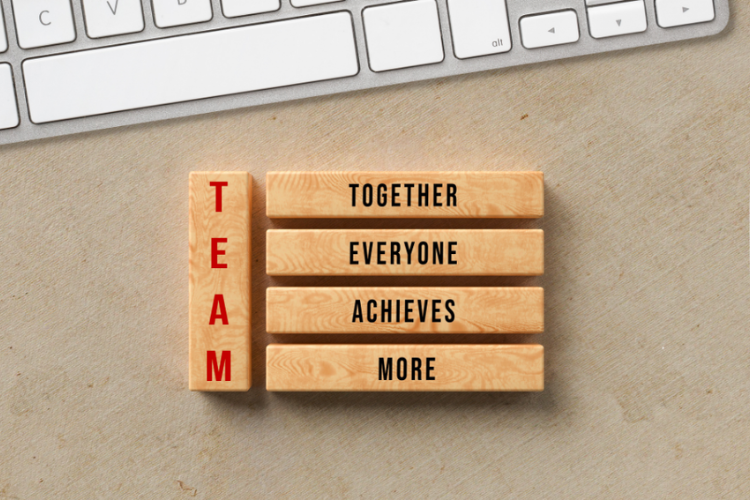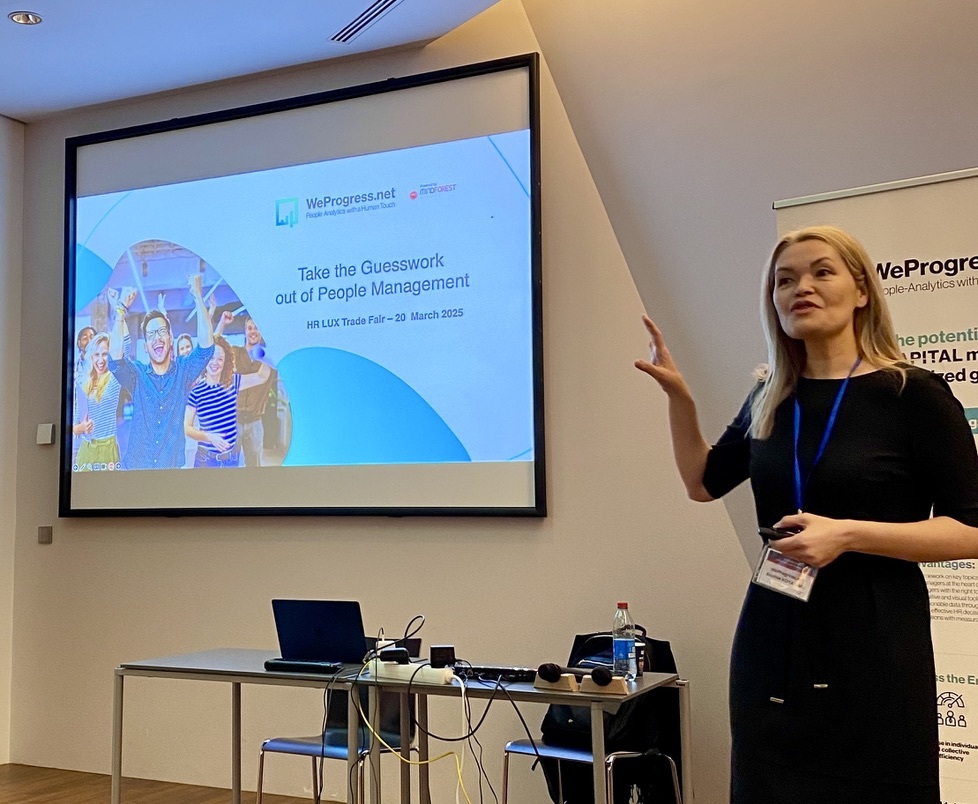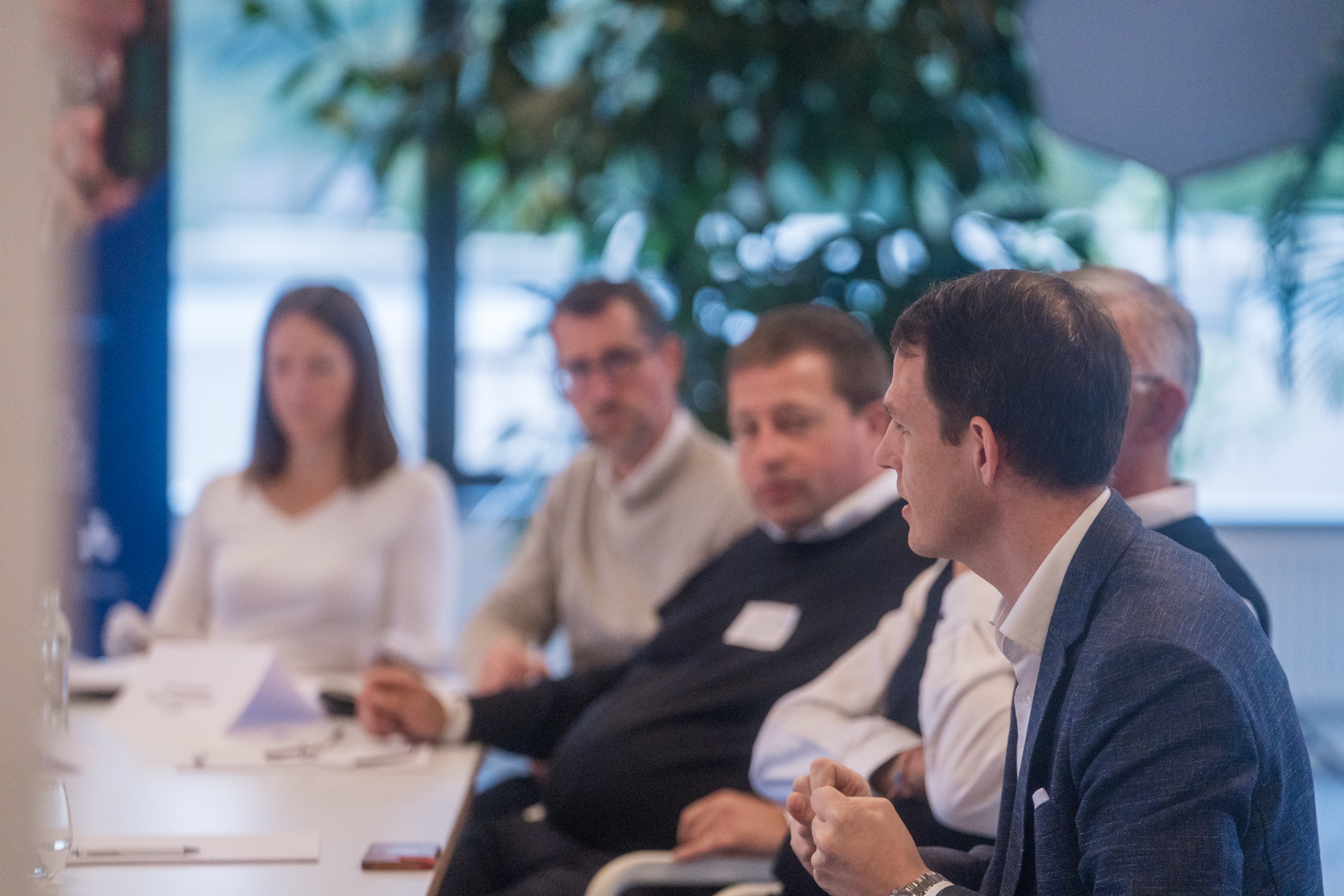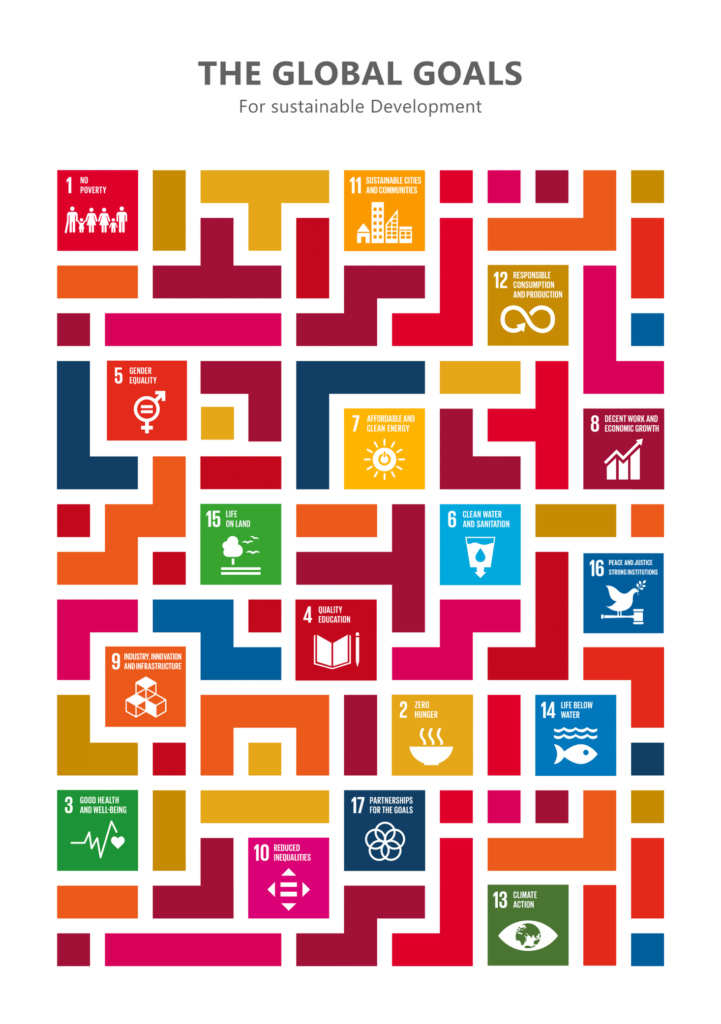How can a CSR strategy improve performance?
Both aspects are completely aligned to a CSR strategy, which underlines the need to take a step back and appraise what is appropriate to your context.
Getting started
This article will concentrate on the aspects related to a corporate CSR strategy and more particularly the experience which we have gained over the years. In 2014, when we assessed our existing strategy, we realized that in the great majority of cases we were in complete alignment with CSR guidelines, except that many aspects had never been formalized or embedded in written processes.
This was the moment when our CSR committee was founded with the aim of rectifying the situation and then proceeding towards iNDR certification.
On the basis of our experience in change management, we approached the challenge like a change project. We first ensured the support of a strong sponsor, in this case the management, and then defined the scope of our project. We did so by using the online self-assessment tool, which enabled us to compare our existing practices with the requirements of the certification process, and then outlined a list of priorities and set specific, timely and measurable goals.
Many hands make light work

Once the committee had been set up, we assessed the prerequisites to our strategy definition and came up with the following list to ensure that the strategy was:
- In overall alignment with our corporate goals
- Making a contribution to the sustainability of the company
- Achievable
- Ongoing
- Easy to explain and understand
- Supported by the project sponsors
- Related to the company’s core business and not based on a series of one-shots
Setting attainable goals
We then took the pillars of global CSR strategy as a starting point and assessed what we could reasonably hope to achieve over a short-, medium- and long-term basis. It is vital to set achievable goals, especially when first embarking on such a journey, as otherwise without the possibility of celebrating the first successes, it will be difficult to maintain support and motivation levels, particularly as this does not constitute part of the core business.
Here are some ideas of the topics we selected for priority during this initial phase:
- Reducing energy consumption by compiling a best practices advice sheet, e.g. turning lights off in unused rooms and not leaving computers running unnecessarily
- Improving our refuse sorting and encouraging colleagues to use re-usable cutlery and plates
- Gaining SuperDrecksKëscht certification
- Improving and documenting our welcome process
- Launching internal polls to gauge employee satisfaction levels
- Working with the HR department to define training requirements
- Organising social events for the team, such as a weekly 30 minute Link & Drink exchanges
- Cooperating with the project management department to improve project viability and methods
- Focusing on client satisfaction levels
- Mapping our stakeholders
- We defined a communication strategy, including a range of posters to explain the project and initiated “5 minutes for CSR” at every monthly team meeting
- We created a logo with a member of the graphic team
- We worked with our Managing Partners to define a slogan
This map shows the journey we were planning to embark on, at MindForest we believe that visualization can play a major role in gaining support of and understanding for a project.
Rolling out the strategy
With these priorities defined, we were then able to organize monthly committee meetings to work on them, taking care to interact with our team colleagues in order to benefit from their expertise and gain their support. We also liaised with the iNDR to discuss our suitability for certification and were able to make valuable progress thanks to their feedback and applied for our first audit in 2015. In the meantime, we also enrolled for CSR training to acquire a good working knowledge of the theoretical basis for this work.
MindForest was duly audited and the auditor’s report highlighted the very fact that we had aligned our CSR strategy to that of the company, rather than succumbing to the temptation of more mediatic measures – such as sorting clothes for a charity – with no visible long-term benefit for the company. He also praised the fact that we had concentrated on elements which could be tested internally and then sold to our clients as part of our consulting service, e.g. the newly appraised welcome process and accompanying documentation. This has continued to influence our CSR strategy to date, as we aim to ensure the perenity of the company and thus benefit all employees.
A truly effective CSR strategy is not about uncoordinated one-off actions, but far more aims to align with existing objectives, as a means of ensuring global success.
“Don’t judge each day by the harvest you reap, but by the seeds that you plant”
Robert Louis Stevenson
Benefit from our experience
WANT TO RECEIVE OUR LATEST THOUGHT LEADERSHIP CONTENT?
Related posts
 Take the Guesswork out of People Management
Take the Guesswork out of People Management
 From processes to people: achieving quality
From processes to people: achieving quality
 Daring to lead Positive Transformation: What if Positive Emotional Capital was your key to sustainable change?
Daring to lead Positive Transformation: What if Positive Emotional Capital was your key to sustainable change?
 Why hire Change management professionals? We can do it alone!
Why hire Change management professionals? We can do it alone!
 Digital Transformation and Change Management: Lessons shared in an event hosted by Cebi and MindForest
Digital Transformation and Change Management: Lessons shared in an event hosted by Cebi and MindForest




